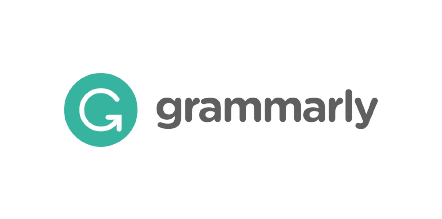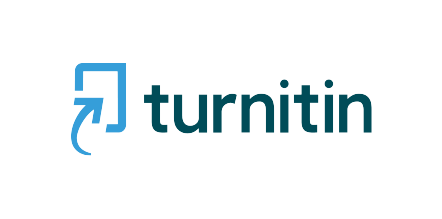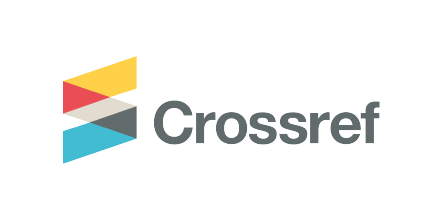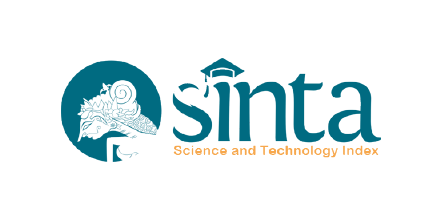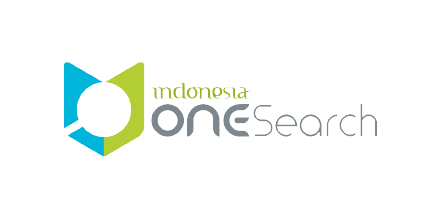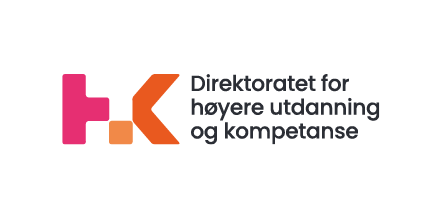Stroke Disability and Physiotherapy Interventions: A Quantitative Evaluation of Physiotherapy Treatment Approaches in Zambia
DOI:
https://doi.org/10.21776/ub.ijds.2019.007.01.10Keywords:
Physiotherapy intervention, Treatment approach, Stroke, physiotherapy, Rehabilitation, DisabilityAbstract
As a result of physical disability after stroke, most of the patients need physiotherapy. Due to different backgrounds, knowledge, clinical experiences, personal preferences, and continually developing clinical practices, physiotherapists use different methods to treat their stroke patients. This study was designed to determine physiotherapists' perspective on the physiotherapy interventions for stroke patients at the University Teaching Hospital and Levy Mwanawasa University Teaching Hospital in Lusaka. This was a cross-sectional study. Data was collected through a standardized questionnaire with modifications to fit the scope of the study. A total of 36 participants consisting of 23 Physiotherapists and 13 physiotherapy Technologists was considered. The data obtained was analyzed by using descriptive analysis and chi-square test was used to test the association. The results showed that PNF/Brumstrom (92%) was the most taught approach among the respondents in their professional education. The preferred treatment approaches in stroke rehabilitation which are used by Physiotherapists and physiotherapy Technologists are repetitive functional task practice (72%), motor learning (69%) and PNF/Brumstrom (67%). There is need to incorporate the newer physiotherapy treatment approaches into the physiotherapy practice as the scope of practice that reflects the latest evidence base improves the provision of services and contributes to better and cost-effective physiotherapy interventions for stroke patients.
References
Abdullahi, A., Abdu, Y.Y. and Aliyu, M.A., (2016). What Do Physiotherapists Do in Stroke Rehabilitation? A Focus Group Discussion. Nigerian Journal of Medical Rehabilitation, 18(2).
Alqahtani MM, Kashoo FZ, Ahmad F. (2018). Current scenario of evidence-based practice and rationale of preferred approach in stroke rehabilitation among physiotherapists in Saudi Arabia: A cross-sectional survey. Saudi J Health Sci [cited 2019 Jul 15]; 7:53-64. Available from: http://www.saudijhealthsci.org/text.asp?2018/7/1/53/230223
Batool, S., Soomro, N., Amjad, F. and Fauz, R., (2015). To compare the effectiveness of constraint induced movement therapy versus motor relearning programme to improve motor function of hemiplegic upper extremity after stroke. Pakistan journal of medical sciences, 31(5), p.1167.
Bayley, M.T., Hurdowar, A., Richards, C.L., Korner-Bitensky, N., Wood-Dauphinee, S., Eng, J.J., McKay-Lyons, M., Harrison, E., Teasell, R., Harrison, M. and Graham, I.D., (2012). Barriers to implementation of stroke rehabilitation evidence: findings from a multi-site pilot project. Disability and rehabilitation, 34(19), pp.1633-1638.
Chiluba BC, Kalumbi J, Lloyd T, Mphanza M, Nyambe JM. (2019). A Review on the Effects of Mirror Therapy in Stroke Patients with Partial Paralysis. J Integral Sci, 2019, Volume 2, Issue 2, 19-23.
Chiluba BC and Wana Gift Njapawu. (2019). Barriers of Persons with Physical Disability over Accessibility and Mobility to Public Buildings in Zambia. Indonesian Journal of Disability Studies (IJDS).2019: Vol. 6(1): PP 53 - 63.
Chuni, V, Chiluba BC, Mwango M, Nkandu EM, Shula H, (2018). An Exploration of the Knowledge of Informal Caregivers on Ageing Related Health Conditions at Matero and Chawama Old People's Homes, Zambia, International Journal of Neurologic Physical Therapy. Vol. 4, No. 1, 2018, pp. 1-6. doi: 10.11648/j.ijnpt.20180401.1
Feigin VL, Forouzanfar MH, Krishnamurthi R, Mensah GA, Connor M, Bennett DA., (2014). Global Burden of Diseases, Injuries, and Risk Factors Study 2010 (GBD 2010) and the GBD Stroke Experts Group. Global and regional burden of stroke during 1990-2010: findings from the Global Burden of Disease Study 2010: 383(9913):245-54.
Ferrarello, F., Baccini, M., Rinaldi, L.A., Cavallini, M.C., Mossello, E., Masotti, G., Marchionni, N. and Di Bari, M., (2011). Efficacy of physiotherapy interventions late after stroke: a meta-analysis. Journal of Neurology, Neurosurgery & Psychiatry, 82(2), pp.136-143.
Khan, C.M., Oesch, P.R., Gamper, U.N., Kool, J.P. and Beer, S., (2011). Potential effectiveness of three different treatment approaches to improve minimal to moderate arm and hand function after stroke a pilot randomized clinical trial. Clinical rehabilitation, 25(11), pp.1032-1041.
Lin, S.H. and Dionne, T.P., (2018). Interventions to Improve Movement and Functional Outcomes in Adult Stroke Rehabilitation: Review and Evidence Summary. Journal of Participatory Medicine, 10(1), p.e3.
Menon, A., Bitensky, N.K. and Straus, S., (2010). Best practise use in stroke rehabilitation: from trials and tribulations to solutions!. Disability and rehabilitation, 32(8), pp.646-649.
Natarajan, P., Oelschlager, A., Agah, A., Pohl, P.S., Ahmad, S.O. and Liu, W., (2008). Current clinical practices in stroke rehabilitation: Regional pilot survey. Journal of Rehabilitation Research & Development, 45(6).
Pollock, A., Baer, G., Campbell, P., Choo, P.L., Forster, A., Morris, J., Pomeroy, V.M. and Langhorne, P., (2014). Physical rehabilitation approaches for the recovery of function and mobility following stroke. Cochrane Database of Systematic Reviews, (4).
Rahman Khan, F., Vijesh, P.V., Rahool, S., Radha, A.A., Sukumaran, S. and Kurupath, R., (2012). Physiotherapy practice in stroke rehabilitation: a cross-sectional survey of physiotherapists in the state of Kerala, India. Topics in stroke rehabilitation, 19(5), pp.405-410.
Sanjib CM. and Rinat A., (2013). Physiotherapist's Perspective on the Factors Influencing the Progression of Stroke Rehabilitation. International Research Journal of Medical Sciences: 1(7), 8-16,
Umair A., Bilal U., Ameena A., (2014). Current Clinical Physiotherapy Practices in Stroke Rehabilitation: A Pilot Survey.Int J Rehabil Sci, 3(1): 18-25
World Health Organization. (2012). Global Health Estimates. Geneva: Available from: http://www.who.int/healthinfo/global_burden_disease/en/
Downloads
Published
How to Cite
Issue
Section
License
Copyright (c) 2020 Muatle Mpemba, Hstings Kachingwe Shula, Brian Chanda Chiluba

This work is licensed under a Creative Commons Attribution-NonCommercial 4.0 International License.







